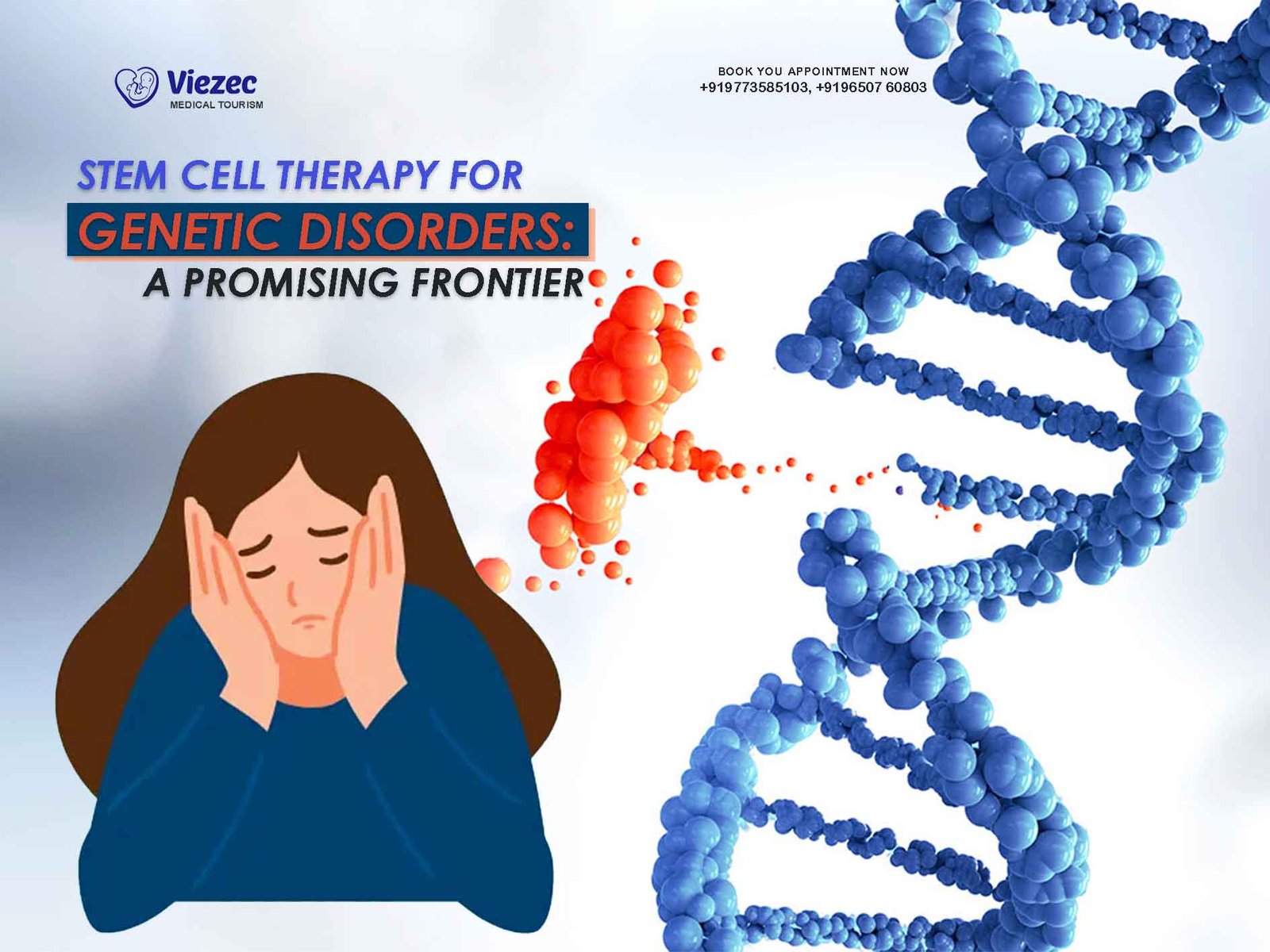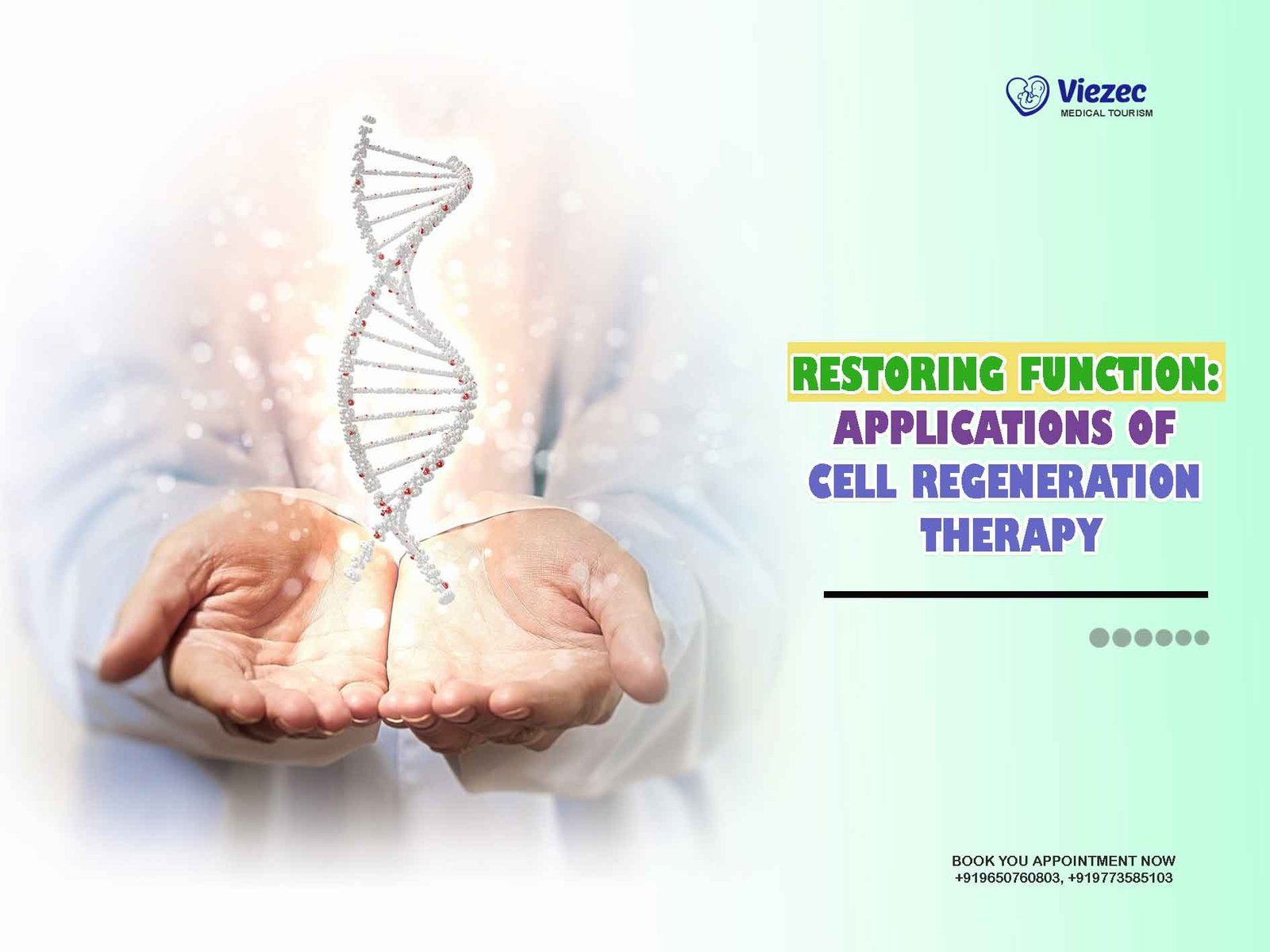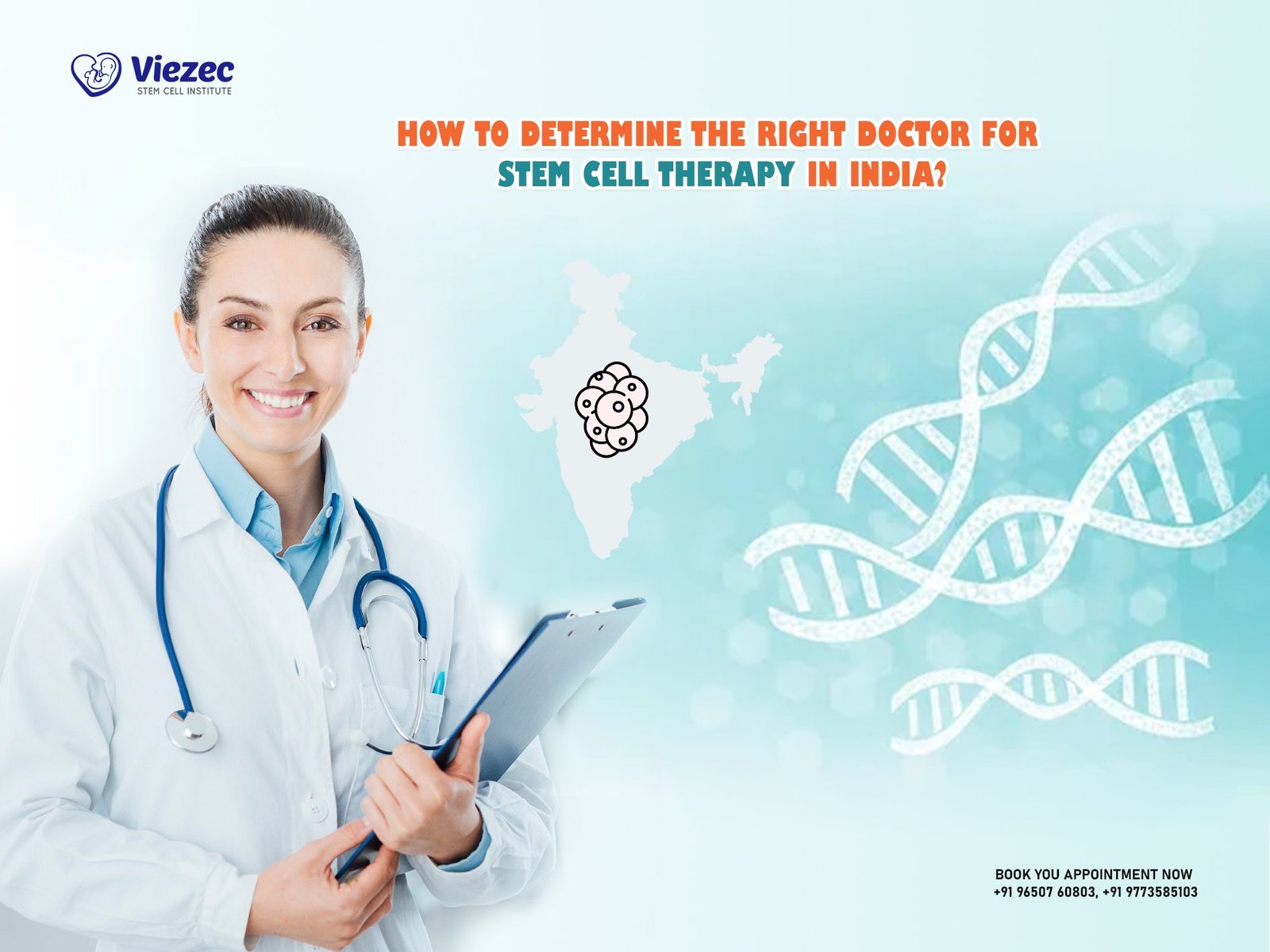In the realm of medical science, the exploration of stem cell therapy has emerged as a beacon of hope for treating a myriad of ailments, especially genetic disorders. Stem cells possess the unique ability to transform into various cell types, making them invaluable in repairing damaged tissues and organs. This capability opens doors to revolutionary treatments, particularly for conditions rooted in genetic abnormalities. We will delve into promising frontier of stem cell therapy for genetic disorders, exploring its potential, current applications, challenges, and future prospects.
Understanding Genetic Disorders
Genetic disorders are illnesses caused by abnormalities in an individual’s DNA sequence. These abnormalities may arise from mutations, deletions, or duplications of genes, leading to dysfunctional proteins or disrupted cellular processes. The spectrum of genetic disorders is vast, encompassing conditions like cystic fibrosis, sickle cell anemia, Huntington’s disease, and muscular dystrophy, among others. These disorders often manifest with varying degrees of severity, affecting multiple systems within the body and presenting significant challenges for conventional treatment approaches.
Promise of Stem Cell Therapy
Stem cell therapy holds immense promise in the realm of genetic disorders due to its unique regenerative properties. Unlike conventional treatments that merely manage symptoms, stem cell therapy aims to address the root cause of genetic disorders by replacing or repairing damaged cells with healthy ones. This approach offers the potential for long-lasting and even curative effects, providing new hope for patients and their families.
Types of Stem Cells
Stem cells are classified into several types, each with its own characteristics and therapeutic potential:
Embryonic Stem Cells (ESCs)
Derived from embryos, embryonic stem cells are pluripotent, meaning they can differentiate into any cell type in the body. While ESCs hold great promise in research, ethical concerns surrounding their source have led scientists to explore alternative options.
Induced Pluripotent Stem Cells (iPSCs)
Induced pluripotent stem cells are reprogrammed adult cells, such as skin cells, that have been genetically modified to revert to a pluripotent state. iPSCs offer a morally and ethically sound alternative to ESCs, making them a valuable resource for personalized medicine and disease modeling.
Adult Stem Cells
Adult stem cells exist throughout the body and play essential roles in tissue maintenance and repair. While they are more limited in their differentiation potential compared to ESCs and iPSCs, adult stem cells still offer valuable therapeutic benefits, particularly in treating localized conditions.
Mechanisms of Action
Stem cell therapy exerts its therapeutic effects through various mechanisms:
- Cell Replacement: Stem cells can differentiate into specific cell types, replacing damaged or dysfunctional cells within the body.
- Paracrine Signaling: Stem cells secrete bioactive molecules that modulate the surrounding cellular environment, promoting tissue repair, reducing inflammation, and stimulating endogenous regeneration.
- Immunomodulation: Stem cells possess immunomodulatory properties, regulating immune responses and mitigating autoimmune reactions that contribute to tissue damage in certain genetic disorders.
Current Applications
Stem cell therapy has demonstrated promising results in preclinical and clinical studies across a range of genetic disorders. While research is ongoing, several applications have shown particular potential:
Sickle Cell Anemia
Sickle cell anemia is a genetic blood disorder characterized by abnormal hemoglobin production, leading to misshapen red blood cells and impaired oxygen delivery. Stem cell transplantation, particularly using hematopoietic stem cells from compatible donors, offers a curative approach by replacing diseased blood cells with healthy ones.
Duchenne Muscular Dystrophy (DMD)
Duchenne muscular dystrophy is a progressive muscle-wasting disorder caused by mutations in the dystrophin gene. Emerging therapies involve transplanting muscle stem cells or delivering gene-corrected stem cells to regenerate dystrophin-producing muscle fibers, potentially halting disease progression.
Spinal Muscular Atrophy (SMA)
Spinal muscular atrophy is a neuromuscular disorder characterized by the degeneration of motor neurons, leading to muscle weakness and atrophy. Clinical trials have explored the use of stem cell-derived motor neurons to replace damaged cells and restore motor function in SMA patients.
Huntington’s Disease
Huntington’s disease is a neurodegenerative disorder caused by a mutation in the huntingtin gene, leading to progressive cognitive decline and involuntary movements. Stem cell-based approaches aim to replace damaged neurons and provide neuroprotective effects, potentially slowing disease progression and improving quality of life.
Immunological Rejection
Transplanted stem cells may be recognized as foreign by the recipient’s immune system, leading to rejection and potential graft-versus-host reactions. Immunomodulatory strategies and improved tissue matching techniques are needed to minimize these risks.
Tumorigenicity
There is a risk that transplanted stem cells may undergo uncontrolled proliferation, leading to the formation of tumors. Strict quality control measures and monitoring protocols are essential to mitigate this risk and ensure the safety of stem cell-based therapies.
Long-Term Efficacy and Safety
Long-term studies are needed to assess the durability of therapeutic effects and identify any potential adverse effects associated with stem cell therapy. Close monitoring of patients and continued research are essential to optimize treatment outcomes and minimize risks.
Despite the challenges, the future of stem cell therapy for genetic disorders appears promising. Ongoing advancements in stem cell technology, gene editing techniques, and regenerative medicine are paving the way for novel therapeutic approaches. Personalized medicine, utilizing patient-specific iPSCs, holds the potential to tailor treatments to individual genetic profiles, maximizing efficacy and minimizing risks.
Furthermore, interdisciplinary collaborations between scientists, clinicians, ethicists, and policymakers are essential to navigate the complex landscape of stem cell therapy. By fostering dialogue, addressing ethical concerns, and streamlining regulatory processes, we can accelerate the translation of stem cell research into clinically viable treatments for genetic disorders.
Make an informed Decision
Stem cell therapy represents a promising frontier in the treatment of genetic disorders, offering the potential for curative interventions and improved quality of life for patients. While significant challenges remain, ongoing research and technological advancements continue to drive progress in this field. By harnessing the regenerative power of stem cells and leveraging cutting-edge techniques, we can unlock new possibilities in the fight against genetic disease. As we navigate this exciting frontier, collaboration, innovation, and ethical considerations will remain paramount in realizing the full potential of stem cell therapy for genetic disorders.









